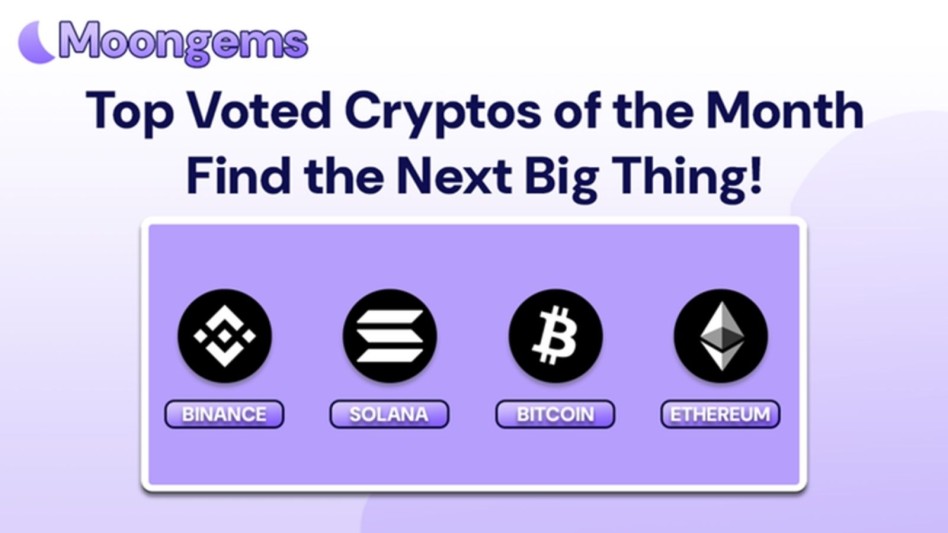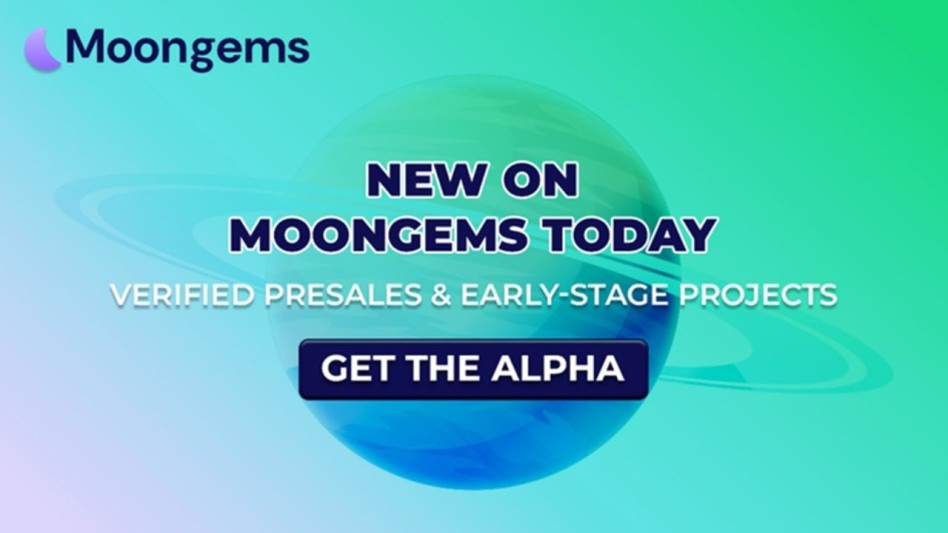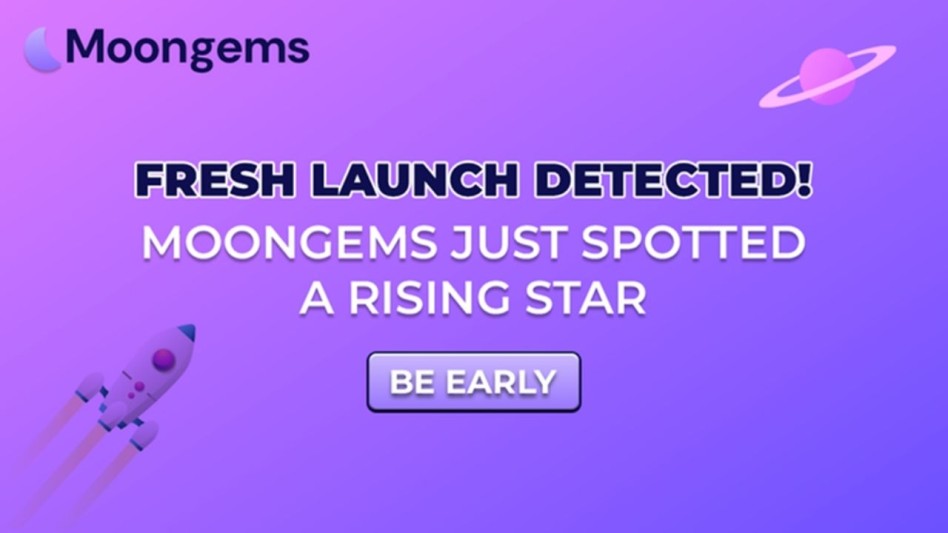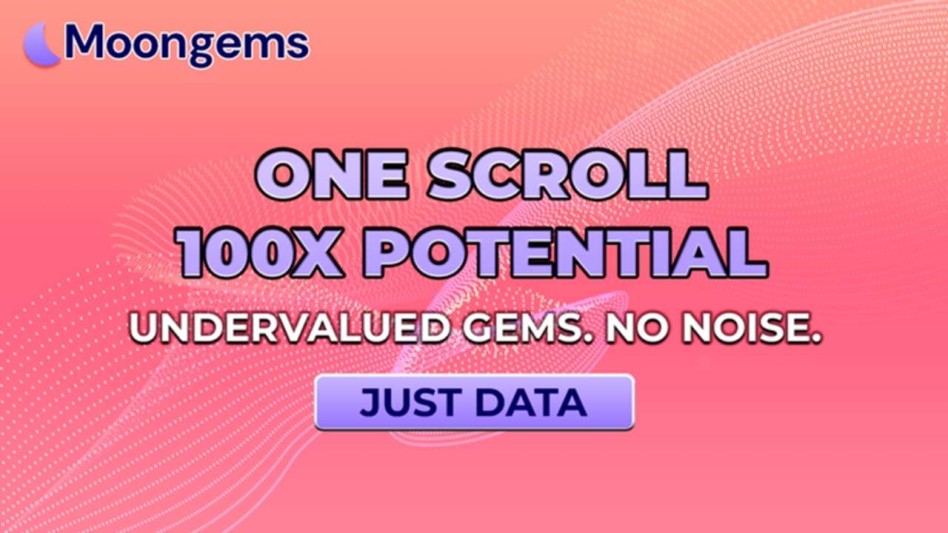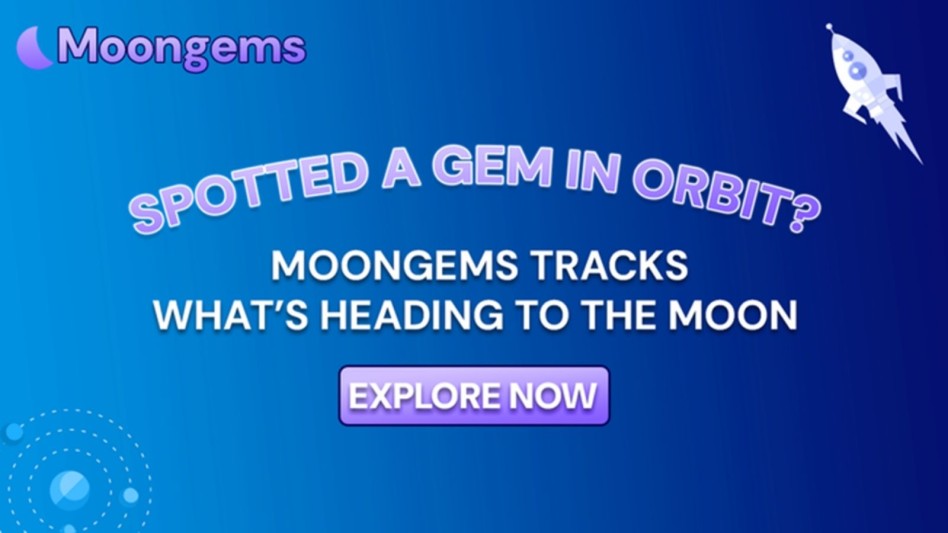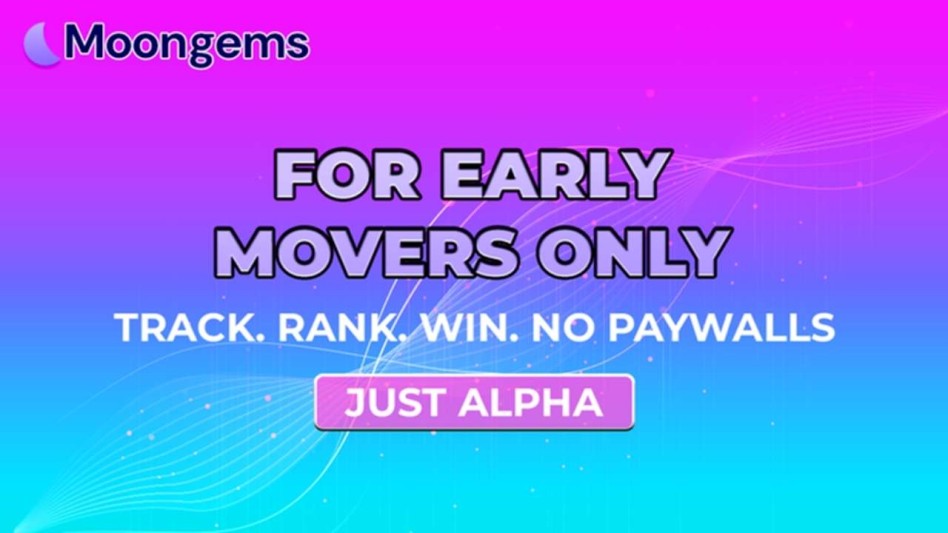Author: Jawad Hussain – Crypto Analyst & Web3 Researcher | 9+ years tracking presales, IDOs, and token launches. Follow him on X (formerly known as Twitter) and LinkedIn.
Presales can be highly rewarding, but they’re also where most scams and failed projects happen. The problem isn’t hype; it’s readiness. Many teams launch tokens before they’re even close to execution.
Safe presales are different: they’re transparent, prepared, and already building before your money arrives. This MoonGems checklist outlines seven clear signs of a safe presale team, each one backed by real, verifiable signals.
MoonGems tracks these factors across hundreds of projects every week, giving investors a head start on spotting presales worth their attention.
1. The Team Is KYC Verified and Transparent
A safe presale begins with a transparent team. KYC (Know Your Customer) verification means project founders have disclosed their identities to a trusted third-party service or launchpad. It’s not just paperwork, it’s accountability.
Why it matters: Anonymous teams are a known risk. Many rug pulls and scams come from undoxxed developers who disappear after raising funds. KYC verification drastically reduces this risk because there’s an identity link, and someone is accountable if things go wrong.
How to check: MoonGems highlights KYC badges on verified presales, making it easy to see which teams have passed identity checks. You can also look for LinkedIn profiles, past project experience, and team AMA sessions where they appear on camera or speak live.
While anonymity isn’t always bad (some iconic projects started with pseudonymous founders), it raises the stakes. Safe presales typically balance privacy with accountability: either through KYC or a public-facing team. If neither exists, proceed cautiously. Your capital deserves more than a Telegram handle.
2. A Minimum Viable Product (MVP) or Prototype Exists
A token with no product is just a promise. Safe presales have progressed beyond the “idea stage” and have developed something tangible: a Minimum Viable Product (MVP) or prototype.
Why it matters: an MVP proves two things: first, the team can execute, and second, they’ve already invested time and resources into building before asking for your money. Projects with MVPs are far less likely to rug or stall because they’ve already taken real steps toward utility.
How to check: look for demo links, GitHub commits, screenshots, or even private beta programs. MoonGems identifies MVP-ready projects, highlighting which presales already have a solid foundation. Compare this to projects offering only whitepapers and marketing decks; they might eventually build, but you’re funding hope, not progress.
Safe presales don’t just say “we will build”, they say “we’re already building, and here’s proof.” If a team can’t show even an early prototype, it’s either too early or not serious enough to warrant presale funding.
3. The Roadmap Is Realistic and Transparent
A safe presale team publishes a roadmap that’s not only inspiring but also realistic. It breaks down deliverables quarter by quarter, includes clear technical milestones, and accounts for funding, audits, and listing timelines.
Why it matters: Unrealistic roadmaps are a red flag. If a three-person team promises a staking platform, multi-chain bridge, DAO governance, and CEX listings in three months, it’s fantasy, not planning. Safe presales establish achievable timelines and clearly explain dependencies (for example, security audits required before mainnet launches).
How to check: MoonGems displays roadmaps where available, so you can compare stated goals with industry norms. Look for milestones tied to measurable outcomes, like “beta launch Q3 2025” or “CertiK audit completed Q2 2025.” Generic phrases like “build community” or “grow ecosystem” mean little without specific targets.
Safe presales treat roadmaps as commitments, not marketing fluff. If a project’s roadmap is vague or unbelievably aggressive, it’s safer to wait until they deliver at least one milestone before investing.
4. Tokenomics Are Transparent and Fair
Tokenomics, which involves how tokens are allocated, vested, and utilized, is crucial to presale safety. Safe projects clearly publish token distribution charts, vesting schedules, and explanations of utility.
Why it matters: poorly designed tokenomics lead to dumping, liquidity crises, and long-term failure. If insiders or team members unlock tokens too early, prices can crash, leaving presale investors holding losses. Fair tokenomics typically include vesting cliffs for teams, allocations for ecosystem growth, and incentives for long-term holders.
How to check: MoonGems highlights tokenomics breakdowns where provided. Look for:
- Team tokens locked for at least 12–18 months
Liquidity lock details (are LP tokens locked on Unicrypt or similar?)
Clear token utility (staking, governance, access rights, or burns)
If a project doesn’t share tokenomics or avoids vesting discussion, it’s not safe. Transparent tokenomics give you confidence that the team is aligned with your success, not planning to cash out at your expense.
5. Security Audits Are Completed or Scheduled
A safe presale doesn’t just promise security, it proves it with an audit. Even if the final audit isn’t complete pre-presale, a contract review should be scheduled with a reputable firm (like CertiK, Hacken, or PeckShield).
Why it matters: most smart contract hacks and exploits hit unaudited projects. An audit ensures vulnerabilities are identified before deployment, reducing risk for investors and users.
How to check: MoonGems lists audit status for presales, so you know if they’ve completed one or have one in progress. Additionally, check for published audit reports, GitHub issues resolved, and bug bounty programs.
Projects that skip audits are betting on investor ignorance or speed over safety. Safe presales, on the other hand, budget for audits early because they know trust is critical for success. If an audit isn’t even planned, it’s a signal to wait until one is confirmed.
6. Liquidity and Fund Management Are Clear
Safe presales explain how raised funds will be managed and how liquidity will be handled after launch. This includes plans for locking liquidity pool (LP) tokens, using multisig wallets, and publishing treasury management strategies.
Why it matters: Most rug pulls occur when liquidity is unlocked, allowing teams or insiders to drain funds and disappear. Clear liquidity policies, like LP locks for one year or more, reduce exit risk. Transparent fund management also indicates a professional approach to capital handling, thereby reducing the risk of misallocation.
How to check: MoonGems tracks liquidity lock status for many projects and flags presales with vague or missing liquidity plans. Look for proof of LP locking via services like Unicrypt, TokenLocker, or Team Finance. Check if core wallets are multisig-controlled, reducing single-point failure.
Safe presales don’t shy away from explaining where every raised dollar goes and how it will stay safe. If liquidity and treasury details are absent, the risk profile jumps significantly.
7. The Community Is Organic and Engaged
A safe presale builds its community before launch, focusing on genuine engagement rather than inflated numbers. This means active discussions, transparent AMAs, and genuine user feedback, not just inflated Telegram counts or Twitter bots.
Why it matters: Many unsafe presales buy followers or create artificial hype to appear credible. Organic communities, where users ask technical questions and developers respond, signal that the team is truly committed to long-term growth.
How to check: Join their Telegram or Discord and watch for red flags, such as generic responses, bot spam, or banned keywords. Look for AMAs where team members appear on video or audio, and see how quickly concerns are addressed.
MoonGems highlights community traction indicators, making it easier to differentiate between hype-driven followers and genuine support. Safe presales have communities that challenge and support the team, rather than just echoing marketing slogans.
Conclusion: Safety Is a Pattern, Not a Guess
A safe presale isn’t just about one green flag, it’s a pattern of readiness: transparent teams, working MVPs, realistic roadmaps, fair tokenomics, security audits, liquidity locks, and authentic communities.
MoonGems makes it easier by aggregating these signals in one place, helping you focus on presales based on fundamentals rather than hype. In 2025, don’t just chase early opportunities, chase prepared ones.
Want to Spot Safer Presales Before Everyone Else? Explore MoonGems.io, the discovery platform where safety meets opportunity. Filter by KYC, MVP, audits, liquidity locks, and community traction to back projects ready to deliver.
Frequently Asked Questions (FAQs)
- Is every audited presale safe?
Not necessarily. An audit reduces risk but doesn’t guarantee success. Always check tokenomics, team transparency, and liquidity plans alongside audits. - Can anonymous teams run safe presales?
Yes, but only if they’re KYC-verified or have a strong track record and locked liquidity. Transparency reduces the risk of exit scams. - Should I only invest in presales with MVPs?
MVPs increase safety, but they aren’t mandatory if the team is highly credible and milestones are clearly defined. Utilize MoonGems filters to strike a balance between risk and reward. - How important is liquidity locking?
Critical. Unlocked liquidity is a rug-pull risk. Look for LP locks that are at least 12 months old. - How does MoonGems help with safety checks?
MoonGems tracks KYC, MVP, audits, liquidity, and roadmap progress, allowing you to easily filter out unsafe projects and focus on safer opportunities.
Glossary of Key Terms
KYC (Know Your Customer): Identity verification process for team accountability.
MVP (Minimum Viable Product): The first working version of a project.
Tokenomics: Token supply, allocation, and utility structure.
Audit: Security review of smart contracts and infrastructure.
Liquidity Lock: A Mechanism to prevent immediate withdrawal of funds from liquidity pools.
Article Summary
Safe presales are built on transparency, readiness, and accountability. This MoonGems checklist outlines seven key indicators of a secure presale: KYC-verified teams, MVPs, realistic roadmaps, transparent tokenomics, security audits, liquidity locks, and authentic communities. With MoonGems, investors can filter projects by these safety criteria to avoid high-risk launches and focus on teams that are actually ready to deliver.
Disclaimer
This article is for educational purposes only and does not constitute financial or investment advice. Always conduct your own research and consult with licensed financial advisors before making any investment decisions.



